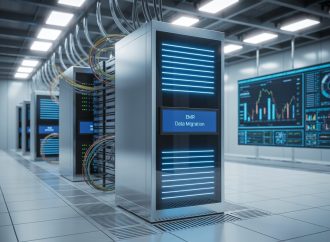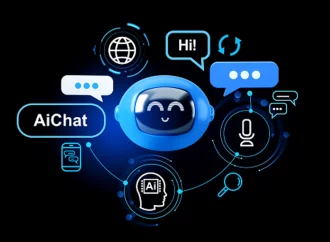Are you ready for the future of work? As technology advances, virtual and augmented reality are becoming essential tools in many industries. From healthcare to education, these technologies are transforming the way we perceive and interact with our surroundings. But what does this mean for jobs? Will virtual and augmented reality replace human labor or
Are you ready for the future of work? As technology advances, virtual and augmented reality are becoming essential tools in many industries. From healthcare to education, these technologies are transforming the way we perceive and interact with our surroundings. But what does this mean for jobs? Will virtual and augmented reality replace human labor or create new opportunities? In this blog post, we will explore the impact that virtual and augmented reality will have on jobs and how you can prepare yourself for the future of work. So buckle up, because it’s time to dive into a world where reality is truly what you make it!
Virtual Reality
Virtual reality is a new medium that allows users to experience 3-D environments. It has already had a significant impact on the way people learn and work. Virtual reality can help people visualize tasks and projects before they actually do them, which can increase productivity.
The technology has also been used in training programs for professionals such as doctors and firefighters. The use of virtual reality in these settings can help people better understand how to perform certain tasks.
In the future, virtual and augmented reality will have a even greater impact on the way people work. These technologies are still in their early stages, but they hold tremendous potential for improving the way we do things. They could revolutionize the way we learn, work, and socialize.
Augmented Reality
Augmented Reality (AR) and Virtual Reality (VR) are quickly becoming the next big thing in the world of work. Traditionally, these technologies have been used to create immersive experiences for users, but they could soon be used to help workers perform their jobs more effectively.
In AR, digital objects are “augmented” with information from the real world. This can be used to create realistic 3D models of objects or people, or to provide additional information about them. For example, a factory worker could use AR to view a model of the parts they are going to assembly, or a doctor could use it to see a patient’s medical history in 3D.
VR is similar to AR in that it uses digital technology to overlay information on top of reality. However, VR creates an entirely virtual environment in which users can interact with items and people. This can be used for training purposes, for example showing employees how to do a job before they actually do it. It can also be used for entertainment purposes, allowing users to experience different scenarios or worlds.
The Future of Work
As the world continues to evolve and change, so too does the way that we work. In the coming years, there are many technologies that will have a major impact on the future of work. One such technology is virtual and augmented reality.
Virtual and augmented reality can completely change how we interact with the world around us. They allow us to experience things in a new way, which can help us learn more about certain topics or situations. They can also be used for training purposes, which could lead to increased job opportunities in the future.
It’s clear that virtual and augmented reality have a lot of potential in the future. It’s important that we’re prepared for their arrival by educating ourselves about their benefits and dangers. By doing so, we can ensure that our jobs remainrelevant as these technologies evolve.
The Impact of Virtual and Augmented Reality on Jobs
Virtual and augmented reality are just starting to impact the workforce, and there are still many unknowns about how they will change the job market. However, there are already some clear benefits for certain jobs.
For example, virtual reality can be used to create realistic simulations of different environments, which can be helpful for training or learning new skills. Augmented reality also has the potential to help people see information in a more interactive way, making it easier to learn new data-related tasks or concepts.
Overall, it’s still unclear how widespread these technologies will become and how they will change the way we work. But as these technologies continue to develop, it’s important that employers stay ahead of the curve and prepare for the changes that may come.
Conclusion
In today’s economy, it is more important than ever to have a well-rounded skillset. With the rise of virtual and augmented reality, many jobs are sure to be phased out in the near future. As we continue to evolve as a society, new and innovative ways of doing work will become the norm. Employers need to be prepared for this change by investing in employee training that covers how to use these new technologies. By doing so, they will ensure that their employees are able to transition smoothly into the future of work and maintain their current positions.























Leave a Comment
Your email address will not be published. Required fields are marked with *